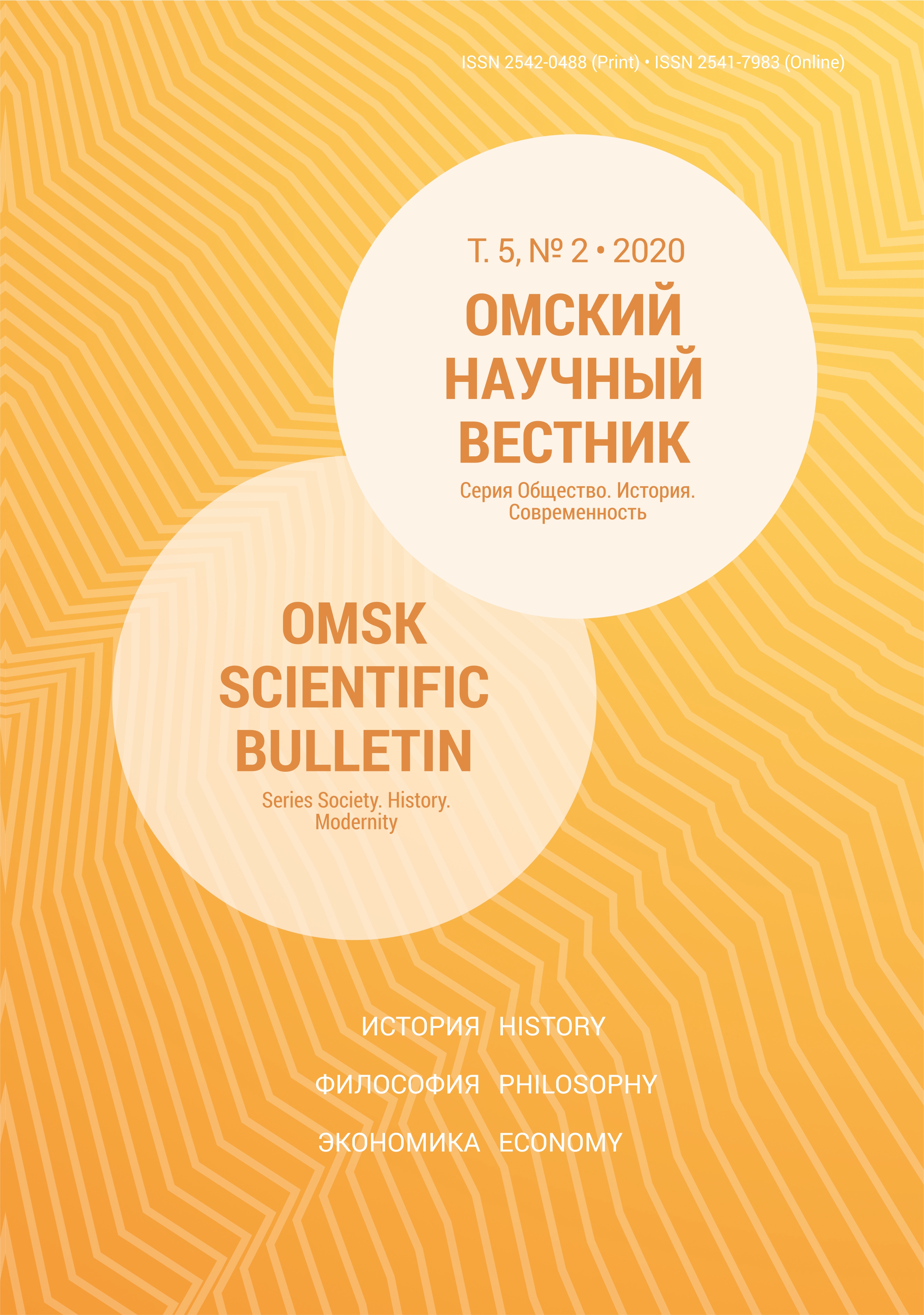Employment of population of large cities of Western Siberia in 1914–1917
DOI:
https://doi.org/10.25206/2542-0488-2020-5-2-35-41Keywords:
employment, income of citizens, World War I, Barnaul, Omsk, Tomsk, NovonikolaevskAbstract
The paper analyzes changes in the structure of labor employment of the population of Siberian cities during the World War I
and the impact of these changes on the level of income of citizens on the basis of unpublished sources, periodicals and statistics. From the point of view of the theory of historical everyday life, it is argued that the urban environment of Western Siberian cities faced a number of new challenges with the beginning of the World War I, which significantly worsened the social well-being and economic activity in Siberian cities. The transition of the country’s economy to supplying the front with arms and products inevitably affected the traditional commercial activities of the merchants, the supply of food to the rear cities, and various types of traditional labor activities in cities that in peacetime depended on the demands of the market and citizens. The author substantiates the conclusion that the growing crisis in the economic sectors has steadily influenced changes in the structure of employment, and also caused a decrease in the level of income of citizens in July 1914–February 1917.
Downloads
Published
How to Cite
Issue
Section
License
Non-exclusive rights to the article are transferred to the journal in full accordance with the Creative Commons License BY-NC-SA 4.0 «Attribution-NonCommercial-ShareAlike 4.0 Worldwide License (CC BY-NC-SA 4.0»)




